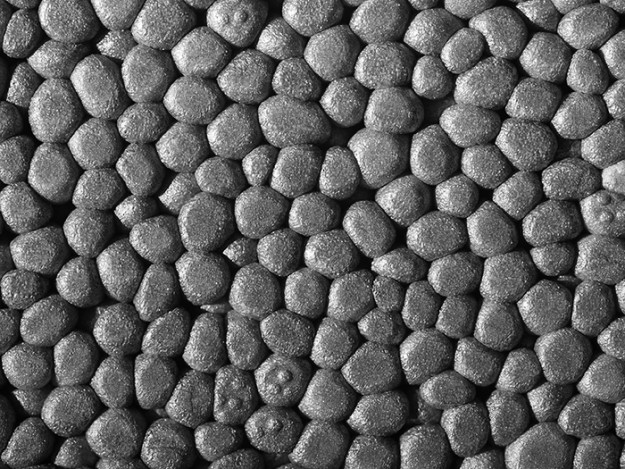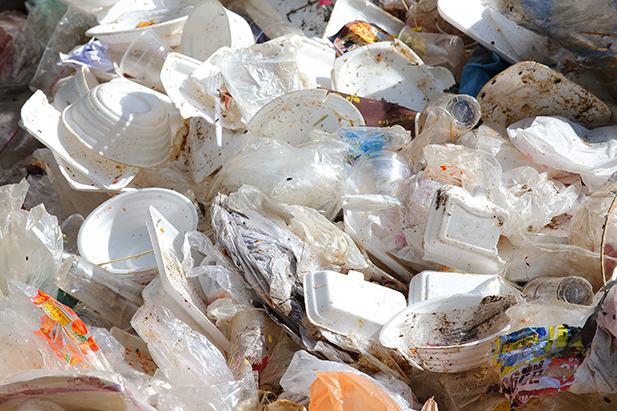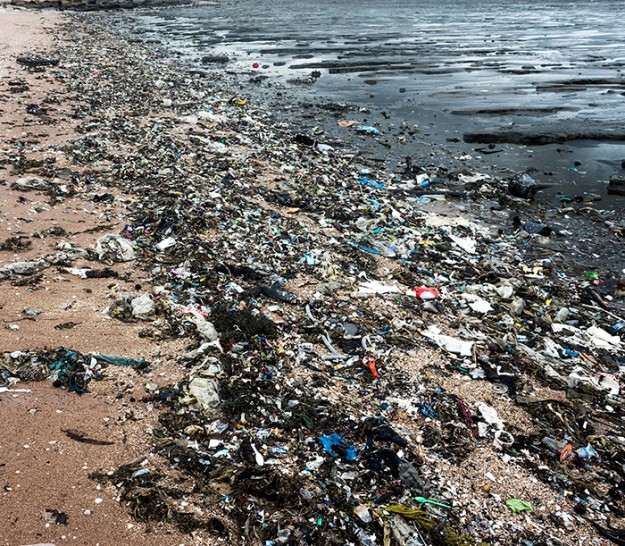
KTH researchers recently developed a method of using wood cellulose to create a material similar to Styrofoam. The product is patented under the name Cellufoam. So, why is this good news?
Well, aside from it being an egregious waste of petroleum (this stuff isn’t going to last forever), polystyrene foam is just an awful material and we either have to learn how to live without it or replace it with something else. Here are six reasons why:
- Polystyrene contains carcinogens and neurotoxins, namely styrene and benzene — not exactly the kinds of things you want leaching into a hot cup of joe, or that warm chocolate you treat the children to. Which brings us to the next bad thing about Styrofoam.

- What would you say about a pair of eyeglasses that was designed to cause gradual blindness, or a shampoo that made your hair fall out? Well, polystyrene containers leach toxic styrene when they come into contact with warm food or drink, alcohol, oils and acidic foods. How perverse is that? One of main things that Styrofoam is used for — storing things we consume — inevitably adds poison to our meal, or drink. Thanks!
- Styrene has been linked to cancer, impaired memory, nervous system effects, loss of vision and hearing, and I could list a bunch of other things, but do you really need to hear more?

- Polystyrene is not biodegradable. In fact, it can take hundreds of years for polystyrene to break down in the environment. And when it does — it’s bad news.
- Because the foam is about 95 percent air, it blows easily out of landfills and travels easily in gutters and storm drains, it winds up in waterways, becoming one of the biggest types of marine debris worldwide.
- And it’s not renewable. Any food packaging made with Styrofoam can be substituted with paper products, which are renewable. Petroleum is precious, and until we replace petroleum-based plastics with bio-plastics, we might want to think very carefully about all the critical uses we really need the material for, such as as heart valves, plastic syringes and a million other things you might find in a hospital.


Hey David, nice article!
Cheers!